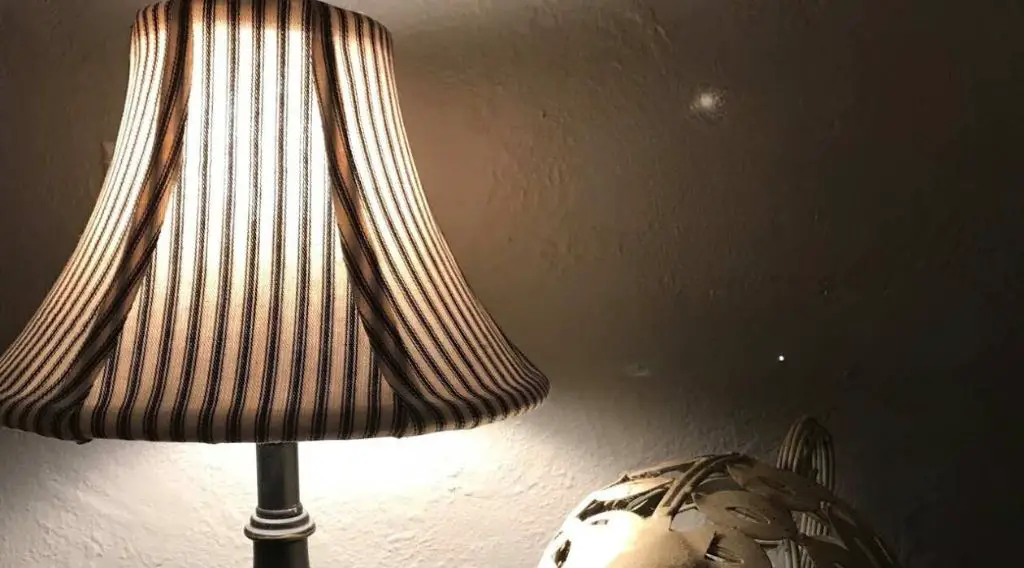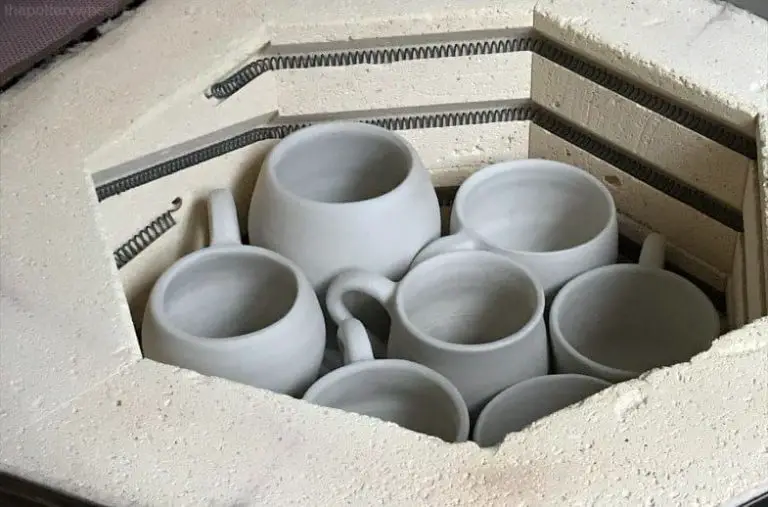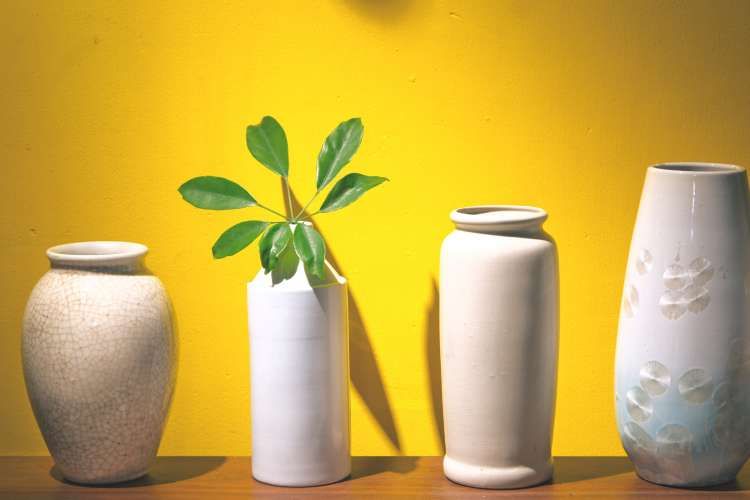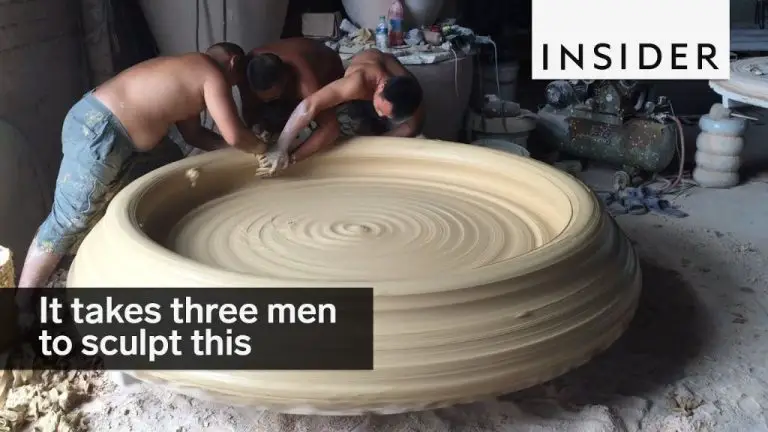What Is The Part That Holds The Lamp Shade Called?
Lamp shades are an important decorative and functional component of many lamps. They help direct and diffuse light while also providing an opportunity to complement a room’s style. Lamp shades typically consist of a frame covered by fabric or other materials that are held in place by hardware fittings. The hardware used to attach lamp shades is known by several names, with the most common pieces being the finial, harp, and spider fitting.
This article will provide an overview of lamp shade anatomy and the hardware used to attach shades. It will examine the different materials used for hardware pieces as well as factors to consider when selecting fittings. By the end, readers will have a better understanding of how lamp shades are constructed and held in place.
Lamp Shade Anatomy
A lamp shade is made up of several key components that work together to serve both functional and decorative purposes. At its most basic, a lampshade consists of a frame, fabric cover, and hardware fitting that allows it to attach to the lamp base.
The lampshade frame provides structure and forms the overall shape of the shade. Frames can be open or closed at the top, and come in shapes like drum, empire, bell, and coolie. Common materials for frames include plastic, metal, and wood. The frame rests on the harp or spider at the top of the lamp.
Fabric covers the frame and comes in a wide variety of colors, textures, and patterns to fit different decor styles. Along with decoration, lamp shade fabric diffuses and directs the light from the bulb. Materials like silk, linen, cotton, polyester, and rice paper are commonly used.
On the inside of the shade, a white liner helps reflect and maximize light output. The open bottom area of the shade also affects light distribution.
At the top of the lampshade, hardware like a finial, harp, or spider fitting connect and securely attach the shade to the lamp. This hardware holds the shade in place and allows it to be properly positioned.
Together, these components create a lampshade that serves both form and function.
Common Lamp Shade Frame Materials
Lamp shades come in a variety of materials that affect their look, durability, and price. Some of the most common materials used for lamp shade frames include:

Metal
Metal lamp shade frames, usually made of steel or aluminum, are very durable and rigid. They hold their shape well. Metal frames can have a contemporary look, especially in stainless steel, chrome, or brass finishes.
Wood
Wood lamp shade frames provide a natural, warm aesthetic. They are often carved into decorative shapes or left plain. Wood is less rigid than metal, so the frame may be lined with fabric or paper. Oak, walnut, mahogany, bamboo, and raffia are examples of woods used for lamp shade frames.
Plastic
Plastic and acrylic lamp shades are an affordable option. They can be molded into almost any shape. Plastic is very lightweight yet rigid enough to hold its form without sagging. The downside is that plastic looks less elegant than metal or wood.
Lamp Shade Hardware
Lamp shades attach to light fixtures in various ways depending on the type of hardware used. Common hardware options include:
Finial
A finial is an ornament that screws onto the top of a lamp harp to cover the joint and hold the shade in place (Lampsplus.com). Finials come in a wide variety of shapes, sizes and materials.
Harp
The harp, also called a lamp harp, is a metal frame with multiple arms that extends from the socket fitting to support the shade. The harp attaches the shade to the lamp socket and allows the shade to be rotated and adjusted. Harps come in different diameters to fit lamp shades.
Spider Fitting
A spider fitting has curved metal pieces that form a web shape to grip the top of the lamp shade. The spider fitting screws into the lamp socket and has claws that hold the shade place (Amazon.com). Spider fittings accommodate drum and empire shaped shades.
Finial
The lamp finial is a decorative cap that sits atop the harp and attaches the lamp shade to the lamp. Some key facts about lamp finials:
Purpose: The finial serves both decorative and functional purposes. It adds a decorative accent to finish off the look of the lamp while also holding the shade firmly in place on the harp. The weight and fit of the finial provides stability.
Materials: Finials come in a wide variety of materials including metal, glass, crystal, wood, ceramic and more. Brass, bronze and nickel are common metal choices that pair well with traditional decor. For contemporary or eclectic styles, painted metal or colorful glass offer fun pops of color.
Types: Finial shapes include round ball, acorn, spear, flat disc and more. Vintage or antique lamps often have ornate, sculptural finials. Simpler, clean-lined finials suit modern decors. Themed finials like pine cones, animals or architectural shapes add personality.
Finial size should be proportional to the lampshade size. Oversized finials look top heavy while undersized ones get lost. Measure to find the right balance.
Lamp Shade Harp:
A lamp harp is a lightweight metal frame that fits across the socket of a table or floor lamp and holds the lamp shade in place. Harps serve the dual purpose of protecting the lightbulb and providing support for lamp shades.
Most harps are made from thin sheets of steel or brass that can bend to accommodate different lampshade shapes and sizes. They are generally U-shaped or oval frames with a socket cover in the center to hide the lightbulb. The ends of the harp contain threaded holes or clamps to secure it to a lamp’s threaded socket.
There are several types of harps:
- Light or standard duty harps – best suited for lightweight fabric or paper shades up to 5 lbs.
- Medium or heavy duty harps – accommodate heavier glass, ceramic, or metal shades from 5-15 lbs.
- Fitted or clip-on harps – custom made to fit specific lampshade shapes.
- Detachable harps – allow for easy shade removal with a pin system.
- Circular spider harps – support small tapered drum shades.
The diameter of the harp should be about 1-2 inches smaller than the top opening of the lampshade it will hold. Harps typically range from 4-12 inches in diameter. Measuring the lampshade opening and lightbulb socket will ensure proper harp selection.
Spider Fitting
A spider fitting refers to a metal frame inside some lamp shades that provides structural support and allows the shade to be attached to the lamp base. The spider fitting consists of several thin metal rods or “spokes” that extend from a central circular piece to attach at different points along the interior of the lampshade.
The central ring of a spider fitting contains threads that let you screw it onto the harp or threaded pipe extending up from the lamp base. Once attached, the spokes radiate out to hold the shade in shape. Spider fittings are a popular choice because they provide a sturdy support system for fabric, parchment, or other soft lamp shade materials.
Spider fittings are typically made from steel, brass, or other metals. Steel is an affordable option, while brass provides a more decorative look. The pros of spider fittings are that they firmly secure the shade and keep the fabric taut and smooth. The cons are that the spokes can potentially poke through thinner materials over time. So extra care is required when installing shades on a spider fitting to avoid tears.
According to The Spruce, spider fittings come in a range of sizes to accommodate lamp shades of different diameters. They recommend selecting a spider fitting approximately 1 inch smaller than the inside top opening of the shade you want to install for a snug and secure fit.
Other Specialty Fittings
In addition to the more common finial, harp, and spider fittings, there are a variety of unique and decorative fittings that can be used to attach a lampshade to a lamp. Some examples include:
- Crystal fittings – These are made of cut crystal and add an elegant, luxurious look. The crystals can be clear, colored, or etched.
- Ornate metal fittings – Decorative cast metal fittings featuring scrollwork, leaves, flowers or other designs are available. These can range from antique reproductions to modern interpretations.
- Custom fittings – For a truly one-of-a-kind lampshade, having a custom metal fitting made is an option. This allows you to match the exact style and finish you want.
- Clip-on fittings – Some lampshades attach via a clip system rather than a traditional fitting. The clip may be plastic, metal, or crystal.
- Chain fittings – A decorative beaded or metal chain can sometimes be used in place of a harp.
The options are nearly endless when it comes to unique lamp shade fittings. Consider your lamp style, decor, and budget when selecting specialty fittings to find the perfect complement to your shade.
Choosing Lamp Shade Hardware
When selecting lamp shade hardware, consider the style and purpose of the lamp. Finials and harps come in a variety of shapes, sizes, and finishes to complement different decor styles. For a minimalist or contemporary look, opt for simple metal hardware in brushed nickel or matte black. For traditional settings, brass or antique brass finishes create a classic aesthetic. Crystal or beaded accents provide an elegant touch.
The size of the hardware should be proportional to the lamp base and shade. An oversized finial on a small lamp looks unbalanced. Measure lamp shade openings to ensure a proper fit – harps are available in different sizes to accommodate shade circumferences. Hardware should properly support the shade’s weight and width without sagging.
Certain specialty light fixtures may require specific fittings like clip-on adapters or Euro style mounts. Consult manufacturer guidelines to select suitable hardware. Consider the room’s purpose when choosing fixtures for task, ambient, or accent lighting. For reading lamps, flexible swing arm joints allow directing the light source. In dining areas, low-profile harps that don’t obstruct conversation are ideal.
High-quality hardware constructed from solid brass or steel lasts for many years. Avoid thin, lightweight materials prone to bending. Seek hardware backed by manufacturer warranties. With proper selection and care, lamp shade fittings should operate smoothly while providing an attractive base for your shade.
Conclusion
Lamp shade anatomy is relatively simple with just a few main parts like the finial, harp, and spider fitting. But these parts serve important functions in holding the shade in place and completing the overall lamp design. The finial attaches to the harp to cover and decorate the top opening of the shade. The harp then holds the shade to the lamp by mounting to the socket or light bulb. And the spider fitting provides structure to the lower part of soft fabric shades.
Common materials for these hardware parts include brass, steel, ceramic, crystal, and other metals or glass. The style and finish chosen impacts the lamp’s overall aesthetic. So it’s important to select hardware that matches the shade’s material and complements the lamp base. With the right finial, harp, and fittings, lamp shades can be secured and displayed beautifully on any lighting fixture.



